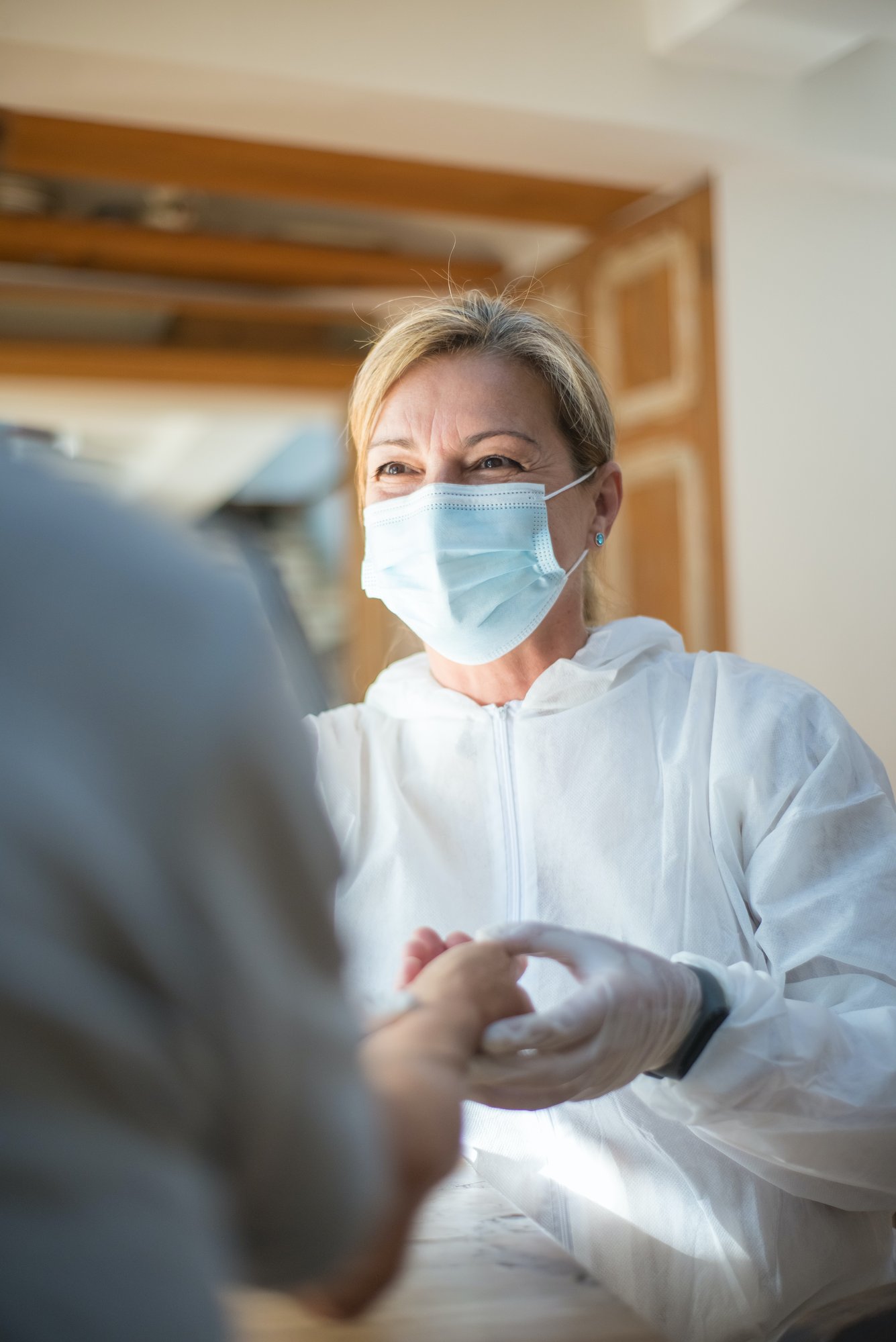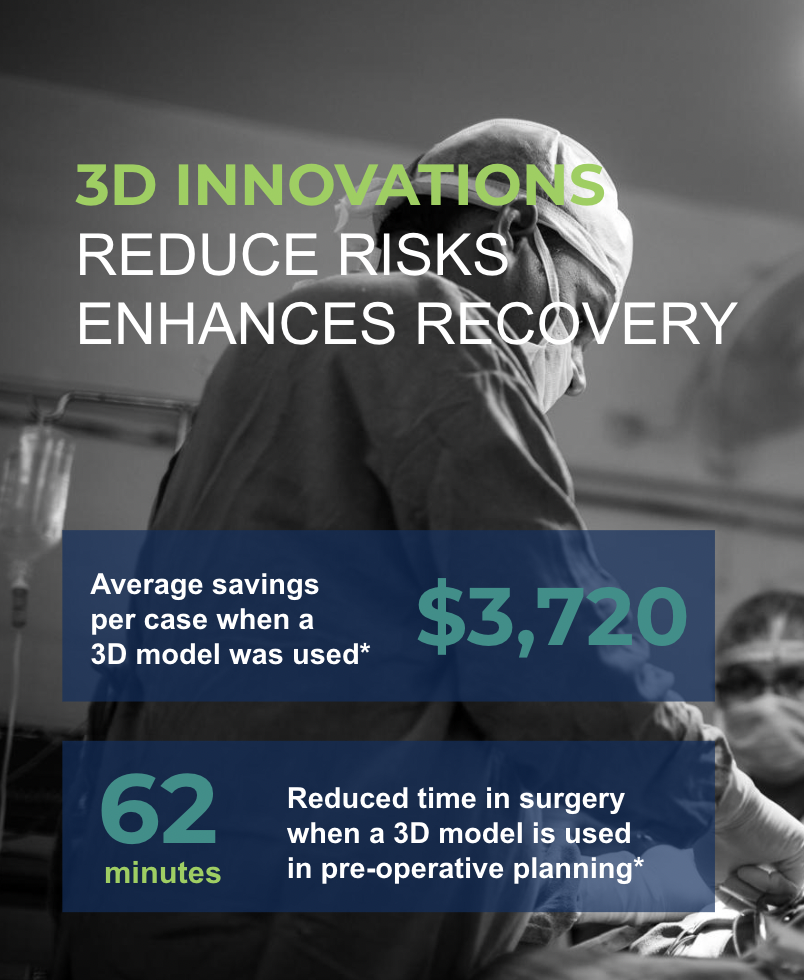THE BREAKTHROUGH
IMPLANTS WE DELIVER OURSELVES
- Innovative Technology
- Personalized Implants
- Superior Efficacy and Safety
Innovation Powers Impact for Millions of Patients
Strategic Collaborations
With partners like Stanford University, Dassault Systems, and 3D printing leaders, we’ve developed core technology, built prototypes, and secured strong IP and regulatory advantages. These collaborations have helped us scale to industry leadership.
Advanced Biomaterials
Our proprietary biomaterial designs reduce infections and inflammatory reactions, integrating with regenerative medicine to accelerate healing and prevent recurrence.
Expertise and Experience
Combining over 100 years of expertise in female pelvic medicine, regenerative medicine, and orthopedics, we pave the way for safer, more efficient, and patient-centric surgical procedures. Our approach blends cutting-edge technology with deep medical knowledge to transform patient care.


- Personalized fit speeds surgery, optimized compatibility
- Proprietary biomaterial designs reduce infections and inflammatory reactions
- Integration with regenerative medicine accelerates healing and prevents recurrence
- Integration with regenerative medicine accelerates healing and prevents recurrence
- Tightly coupled with training simulations that can accelerate onboarding physicians to new surgical protocols
*Ballard, David H., et al. “Medical 3D Printing Cost-Savings in Orthopedic and Maxillofacial Surgery: Cost Analysis of Operating Room Time Saved with 3D Printed Anatomic Models and Surgical Guides.” Academic Radiology, Elsevier, 18 Sept. 2019.
AI WON'T REPLACE SURGEONS...
SURGEONS WILL REPLACE OUTDATED TECHNOLOGY
.png?width=2000&height=1904&name=prototype%20surgeons%20(1).png)
Smartweave's Advanced Solutions
Smartweave's innovative implants and tools prevent common surgical issues like scarring, bleeding, and tissue damage. Training simulations accelerate physician onboarding, while rigorous modeling identifies and addresses complications.
Specialized Solutions
Urology:
Implants for stress urinary incontinence reduce the high complication and failure rates, offering a valuable solution where no pharmacologic agents exist.
Orthopedics:
Custom devices for soft-tissue injuries, like ACL tears and rotator cuff injuries, ensure better integration and faster recovery by matching patient-specific attributes.
Gastroenterology:
Enhanced hernia meshes improve biocompatibility and placement, preventing pain, infections, and chronic inflammation.
